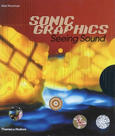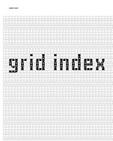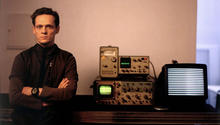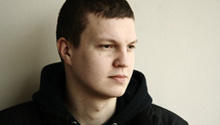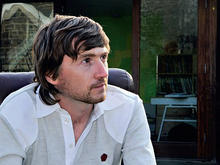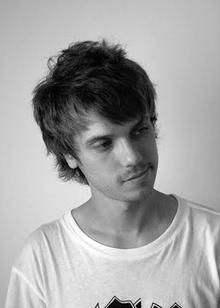Eye 76
(2010)is Eye's first-ever special issue on the dynamic and continually inspiring sector of design for music. Design can make music look good, but when they really work together you have magic.
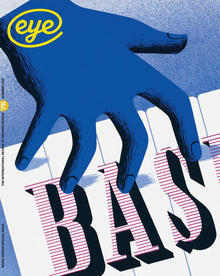
Over the years we have published many articles about design for music, but this is Eye's first-ever special issue on this dynamic and continually inspiring sector. Designers are in a privileged position to add visual drama to music; to make it more understandable and enjoyable; to communicate the intangible essence of vibrating air molecules into the worlds of words, images and moving graphics. Design can make music look good, but when they really work together you have magic.
Source: Eye magazine
Big Active, Vaughan Oliver, United Visual Artists, Kate Moross, Laurie Anderson, ECM, US gig posters, metal umlauts and Alex Steinweiss, inventor of the album cover. Plus: Matthew Carter's first wood type.
Source: Eye shop
